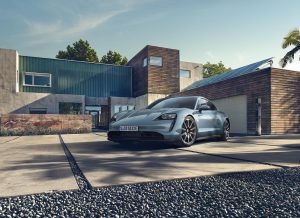
While the Porsche still may have a long way to go to catch up with sales at rival Tesla, the German sports car brand has set a milestone with its first-ever battery-electric vehicle, the new Taycan. The new EV is now outselling all of the company’s other passenger car models, including the flagship 911 and the luxurious Panamera, as well as the less expensive Boxster and Cayman models, in the U.S. market.
Only two Porsche nameplates now are outselling the Taycan, both of them SUVs: the Cayenne and the Macan. And that is in line with the overall trend within the U.S. where SUVs and CUVs now handily outsell sedans and coupes – and conventional sports cars.
All told, Porsche sold 1,858 all-electric Taycans during the third quarter of this year. The closest any other passenger car model came was the Porsche 911 which generated 1,567 sales during the July-September period.
(Range of all-electric Porsche Taycan is a potential disconnect.)
Demand for the four-door Panamera came in at 1,064 units, and Porsche sold just 1,084 of the 718 line, which includes both the Cayman coupe and the Boxster roadster.
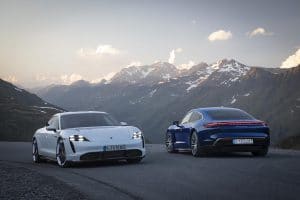
As well as the Taycan is doing in the States, however, it is scoring even bigger numbers in Europe where, as of last month, it became Porsche’s best-selling nameplate overall, handily surpassing even the Cayenne and Macan.
While final September numbers have yet to be released, Porsche reported selling 1,183 Taycans in Europe the prior month, besting the 911 which saw demand of 1,097 vehicles, a 37% year-over-year decline. The Cayenne was third on the chart, at just 771 sales. Meanwhile, the Taycan was the fifth best-selling model overall in the E-segment in Europe.
The four-door Taycan is the first of an assortment of battery-electric models from Porsche, with a battery-powered version of the Macan to follow into global showrooms starting in late 2022.
(Porsche adds third, lower-priced version of new Taycan.)
Porsche now offers an array of different Taycan variants, a rear-wheel-drive model introduced in June. The “base” version pushes out 202 horsepower from a single electric motor driving the rear axle, and it relies on a 79.2 kilowatt-hour lithium-ion battery. An upgraded version, with a 93.4 kWh battery, punches power up to a peak 469 hp. Pricing starts around $100,000, while the Taycan Turbo S takes the figure up to $185,000.
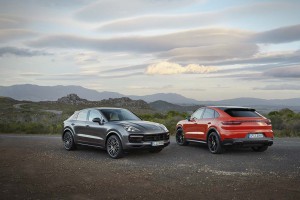
How well the Taycan will continue to sell is far from certain. Demand for BEVs has remained modest – accounting for less than 2% of the overall U.S. market – even as new models are introduced. Only Tesla has shown real sales momentum. That said, the Model S, the carmaker’s most direct competitor to the Taycan, has been losing momentum. It generated sales of just 4,700 vehicles during the first half of this year. Third quarter figures have not yet been released but, unless Model S is regaining momentum, it could find the Taycan closing in on it.
The Chevrolet Bolt EV is the only competitor to give Tesla a serious chase, overall, though it remains a distant fourth on the sales charts. And the upcoming launch of the electric Macan SUV could cut into demand for the Taycan, a more conventional sports car design. And Porsche has indicated it is developing another all-electric SUV.
(Will 2020 be “the year of the electric vehicle”?)
Porsche’s push into the electric vehicle market is part of the broader campaign by parent Volkswagen which intends to invest $66 billion in at least BEVs to be introduced through its various brands by 2025. Audi already has it e-tron model and VW will start delivering its first long-range offering, the ID.4, to U.S. buyers by the end of this year.

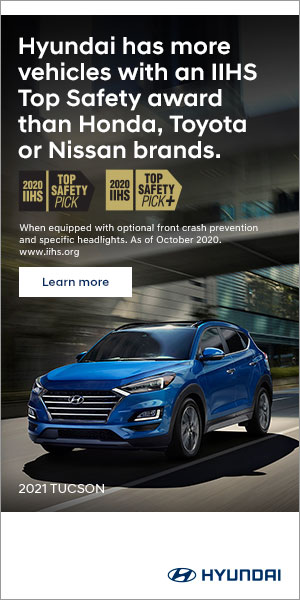

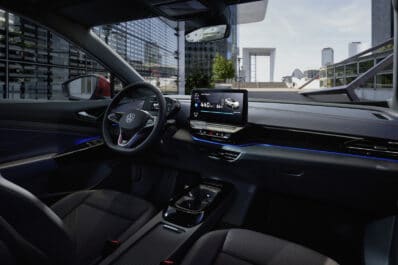

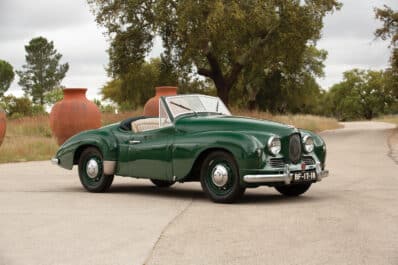
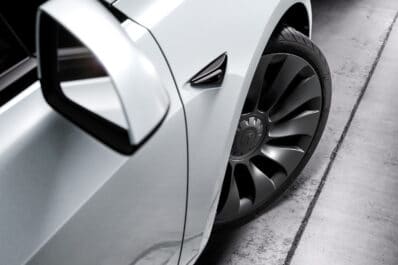

My guess this represents the fulfillment of a lot of early orders for the Taycan. I get a lot of e-mails from Porsche dealers with pretty deep discounts on Taycans they have sitting on the lot. We will see if this trend holds for several quarters.